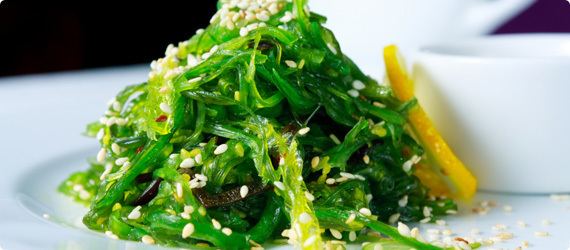 | ||
Similar | ||
Harvesting edible seaweed and introducing the kelly kettle and extreme greens seaweed book
Edible seaweed are algae that can be eaten and used in the preparation of food. They typically contain high amounts of fiber and are a complete protein. They may belong to one of several groups of multicellular algae: the red algae, green algae, and brown algae.
Contents
- Harvesting edible seaweed and introducing the kelly kettle and extreme greens seaweed book
- Edible seaweeds
- Distribution
- Nutrition and uses
- Common edible seaweeds
- References
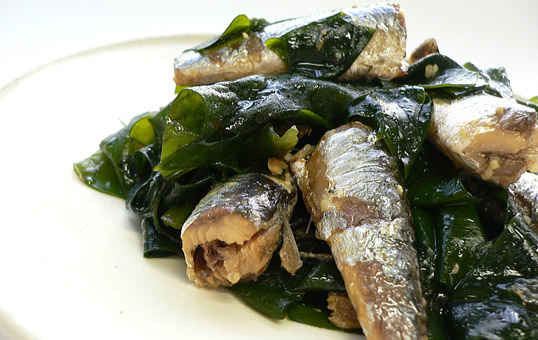
Seaweeds are also harvested or cultivated for the extraction of alginate, agar and carrageenan, gelatinous substances collectively known as hydrocolloids or phycocolloids. Hydrocolloids have attained commercial significance, especially in food production as food additives. The food industry exploits the gelling, water-retention, emulsifying and other physical properties of these hydrocolloids.
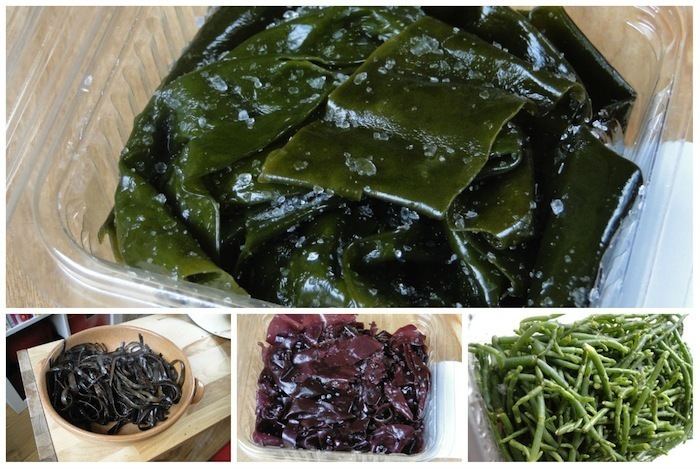
Most edible seaweeds are marine algae whereas most freshwater algae are toxic. Some marine algae contain acids that irritate the digestion canal, while some others can have a laxative and electrolyte-balancing effect.
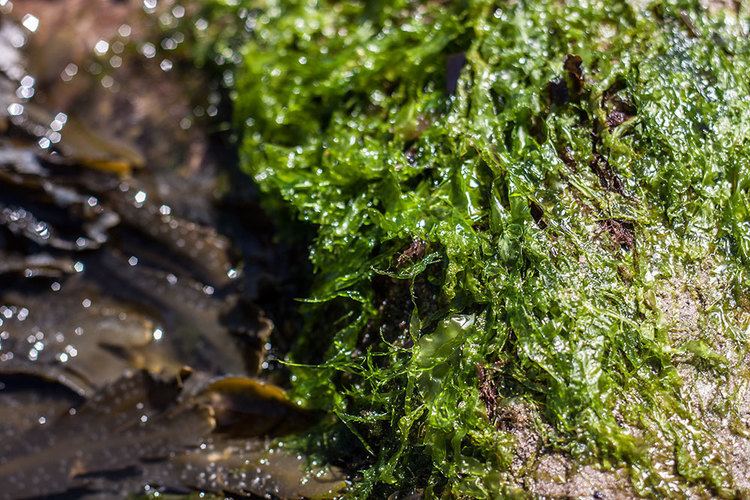
The dish often served in western Chinese restaurants as 'Crispy Seaweed' is not seaweed but cabbage that has been dried and then fried.

Edible seaweeds
Distribution
Seaweeds are used extensively as food in coastal cuisines around the world. Seaweed has been a part of diets in China, Japan, and Korea since prehistoric times. Seaweed is also consumed in many traditional European societies, in Iceland and western Norway, the Atlantic coast of France, northern and western Ireland, Wales and some coastal parts of South West England, as well as Nova Scotia and Newfoundland. The Māori people of New Zealand traditionally used a few species of red and green seaweed.
Nutrition and uses

Seaweed contains high levels of iodine relative to other foods. In the Philippines, Tiwi, Albay residents discovered a new pancit or noodles made from seaweed, which can be cooked into pancit canton, pancit luglug, spaghetti or carbonara and is claimed to have health benefits such as being rich in calcium, magnesium and iodine.
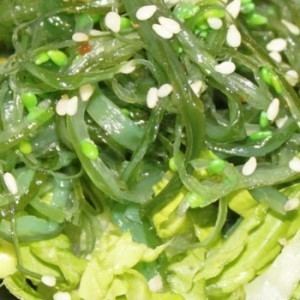
One study in 2014 pointed to certain species of seaweed as being a possible vegan source of biologically-active Vitamin B-12. The study noted that B-12 was found in both raw and roasted seaweed, the latter containing about half as much—but still a sufficient amount. 4 grams of dried purple laver (seaweed) was considered sufficient to meet the RDA for B-12.
Polysaccharides in seaweed may be metabolized in humans through the action of bacterial gut enzymes. Such enzymes are frequently produced in Japanese population due to their consumption of seaweeds.
In some parts of Asia, nori 海苔 (in Japan), zicai 紫菜 (in China), and gim 김 (in Korea), sheets of the dried red alga Porphyra are used in soups or to wrap sushi or onigiri. Chondrus crispus (commonly known as Irish moss) is another red alga used in producing various food additives, along with Kappaphycus and various gigartinoid seaweeds.
Japanese cuisine has seven types of seaweed identified by name, and thus the term for seaweed in Japanese is used primarily in scientific applications, and not in reference to food.
Common edible seaweeds
Common edible seaweeds include:
